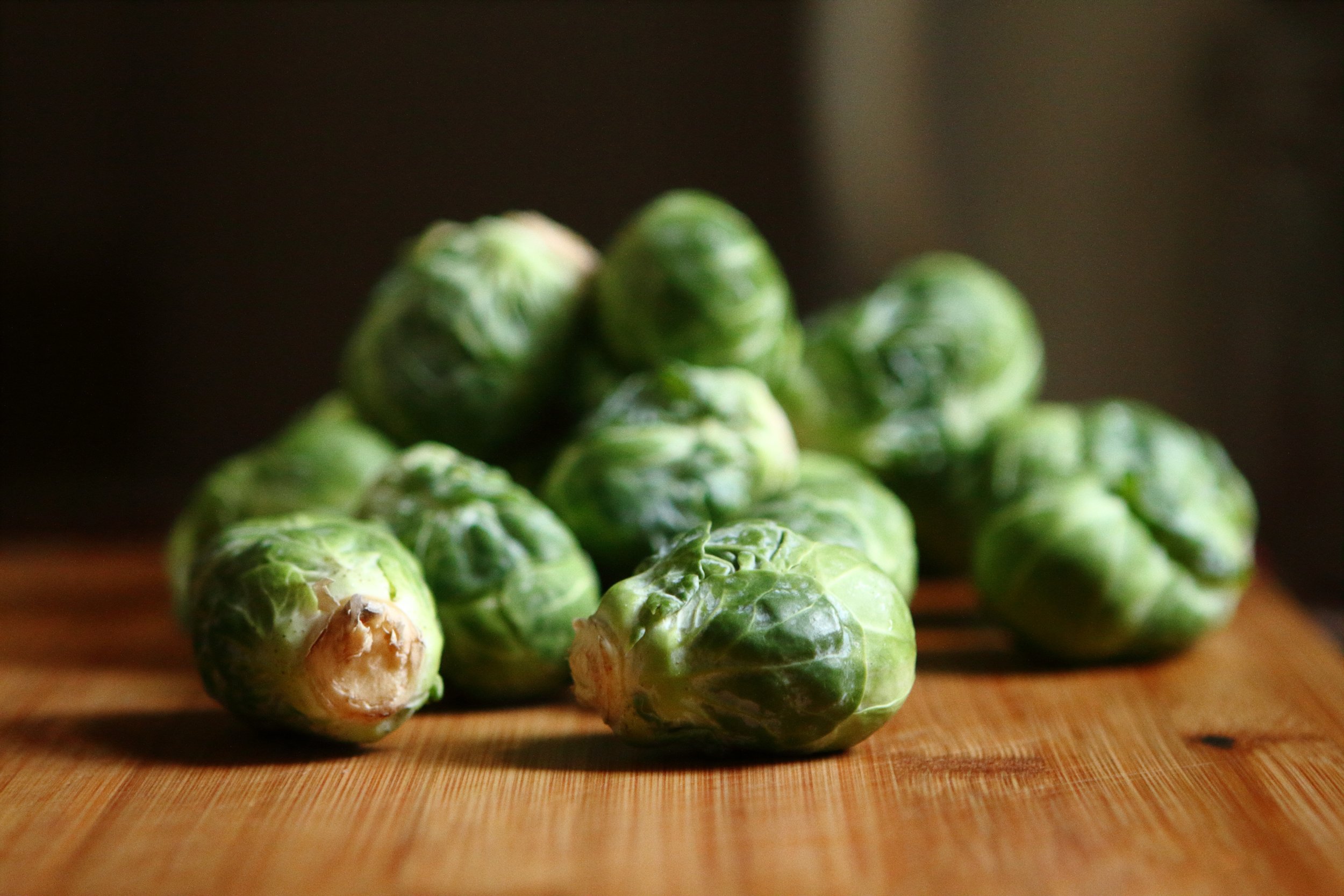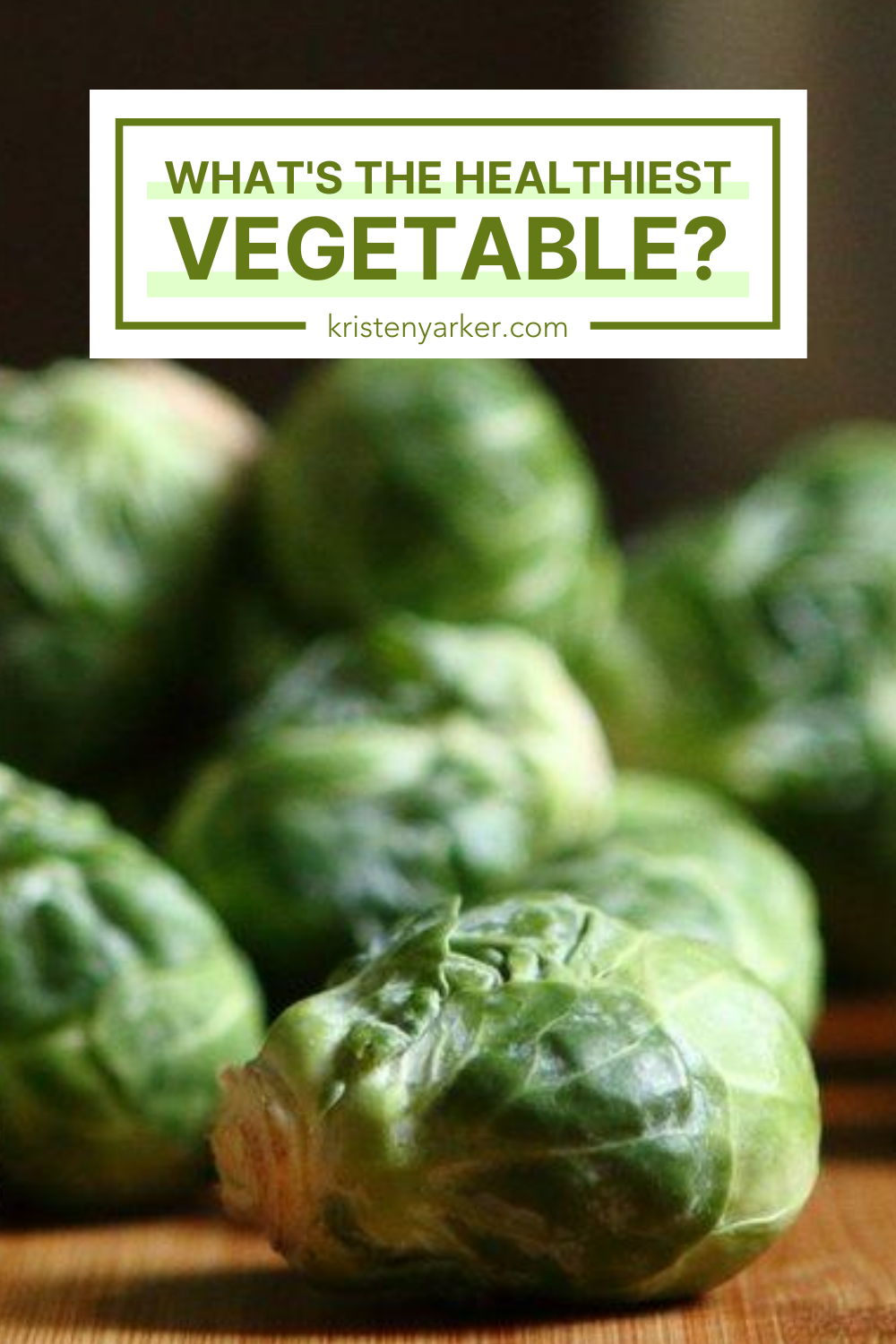I’m often asked my opinion about what vegetable is the healthiest. I also hear the “best-Mommy” contest that happens on the playground where each parent tries to one-up each other bragging about what weird & healthy veggie their child loves. It goes something like this:
“My Johnny loves carrots.”
“MY Suzie loves broccoli.”
“WELL, MY Nicolas loves kale.”
“Guess what. MY Olivia loves Brussels sprouts. Eats them like candy. Can’t get enough of them.”
You get the picture.
I understand why people ask me about veggies. And why parents feel pressured. The amazing powers of specific vegetables often are the subjects of headlines. It makes a great sound-bite. It’s a great way to sell newspapers & magazines.
But as is often the case, that which makes a great sound-bite isn’t always what’s true. Because it’s been pulled out of context, the sound-bite ends up being only partly-true.
Science’s understanding of exactly what it is in veggies that’s so good for us is crude. We’re constantly learning of new healthy nutrients. For example, when I was studying human nutrition as an undergraduate in the late 1990’s, I was taught that white veggies didn’t have any healthful substances. They may provide flavor and crunch, but they were nutritional zeros. However, we now know that onions, garlic, and their other cousins such as leeks, have healthful nutrients like antioxidants.
While science is constantly discovering new nutrients, what’s found again and again (and again) is that the people who eat the most veggies are the healthiest. Period.
I also like to balance current science with the tried-and-true. And, when I look at traditional diets around the world, I see that human beings have survived and thrived eating all sorts of plant foods.
Let me be clear. I’m not denying that dark green veggies (like kale) and brightly-coloured veggies (like carrots and purple cabbage) are really healthy. They’re fantastic choices! What I’m saying is to not consider veggies such as cucumber and celery as empty junk. While they’re today’s zeros, who knows if they will be tomorrow’s super-stars. And, they’re healthier than most processed foods which kids typically eat if they’re not eating veggies.
So don’t stress if your picky eater doesn’t like today’s super-star veggies.
When it comes to veggies, it’s about quantity. And, variety.
Instead of relying on the magic of any one vegetable (and trying to force your picky eater to eat it), enjoy a wide variety of veggies. Introduce your little one to many different veggies (and repeat those introductions, and repeat, and repeat…). Be a veggie variety role model yourself. Encourage your little one to enjoy the wide, wide world of veggies in all colours of the rainbow. Together explore all the different tastes and textures.
And celebrate when your little one eats ANY veggies - whether it’s kale chips or that French Breakfast radish that the Farmer convinced him to try at Saturday’s Farmers Market, or…
So, what’s my answer when I’m asked what’s the healthiest vegetable? Answer: The one that you’ll eat (because it doesn’t matter how healthy any veggie is – if you won’t eat it – it can’t do you any good).
Get more successful picky eater tips. Sign-up for my e-newsletter today HERE.
Photo credit: Keenan Loo on Unsplash





























